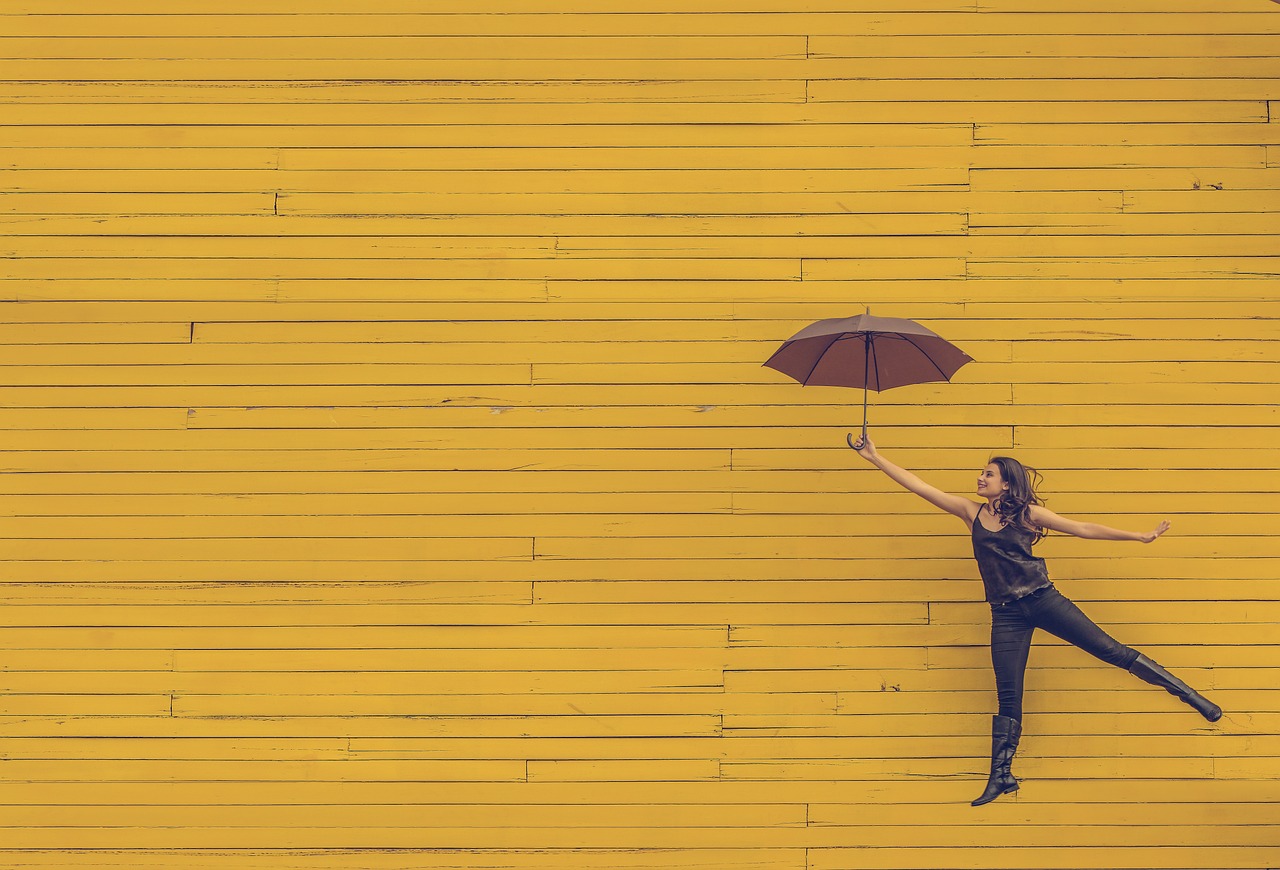Introduction:
Art and fashion have long been intertwined, with each influencing and inspiring the other. The worlds of creativity and aesthetics collide as artists and designers draw inspiration from one another, creating a mesmerizing dance between the canvas and the catwalk. This fascinating relationship between art and fashion has shaped trends, challenged conventions, and pushed the boundaries of both industries.
Throughout history, artists have frequently found inspiration in fashion. From the Renaissance painters capturing the lavish attire of their subjects to the Impressionists depicting the changing trends of Parisian society, art has been a visual record of fashion's evolution. The delicate brushstrokes and vibrant palettes used by artists like Renoir and Manet not only captured the essence of their subjects but also showcased the luxurious fabrics and intricate designs of the garments they wore.
Likewise, fashion designers have often sought inspiration from the art world. Coco Chanel, one of the most influential designers of the 20th century, drew inspiration from the clean lines and geometric forms of the Cubist movement. She translated these artistic principles into her designs, creating iconic garments that were both fashionable and artistic. Similarly, Yves Saint Laurent's collections were heavily influenced by artists like Piet Mondrian, as he incorporated bold primary colors and graphic patterns into his designs.
The relationship between art and fashion goes beyond mere inspiration. Collaboration between artists and designers has become increasingly common, blurring the lines between the two disciplines. High-profile collaborations, such as Louis Vuitton partnering with renowned contemporary artists like Takashi Murakami and Jeff Koons, have resulted in limited-edition collections that fuse fashion with fine art. These collaborations not only provide a platform for artists to reach a wider audience but also allow fashion to transcend its utilitarian purpose and become a wearable work of art.
Fashion has also found its way into the realm of performance art. Avant-garde designers like Alexander McQueen and Iris van Herpen have pushed the boundaries of fashion by incorporating elements of sculpture, installation, and technology into their runway shows. These spectacles blur the lines between fashion and art, challenging traditional notions of beauty and aesthetics. The garments become more than just clothing; they become vehicles for storytelling and self-expression.
In recent years, the influence of art on fashion has expanded beyond visual aesthetics. Designers have increasingly engaged with socio-political themes, using their collections to make powerful statements and spark conversations. Artists like Ai Weiwei and Barbara Kruger have collaborated with fashion brands to create garments that address issues such as human rights, feminism, and consumerism. These collaborations demonstrate the potential of fashion as a medium for social and cultural commentary, bridging the gap between art and activism.
The relationship between art and fashion is a dynamic and ever-evolving one. It is a dialogue between creativity, self-expression, and cultural zeitgeist. As artists continue to draw inspiration from the world of fashion, and designers embrace the influence of art in their creations, this fascinating relationship will undoubtedly continue to shape and redefine both industries.
Conclusion:
The intertwining of art and fashion has resulted in a rich and captivating synergy. From the masterpieces hanging in museums to the garments strutting down the catwalks, the influence of art on fashion and vice versa is undeniable. The creative exchange between these two realms has enriched both industries, pushing the boundaries of creativity, challenging conventions, and offering new avenues for self-expression. As the relationship between art and fashion continues to evolve, we can only anticipate more thrilling collaborations, groundbreaking designs, and the birth of wearable art that captivates our senses.

Great Read!
ReplyDelete